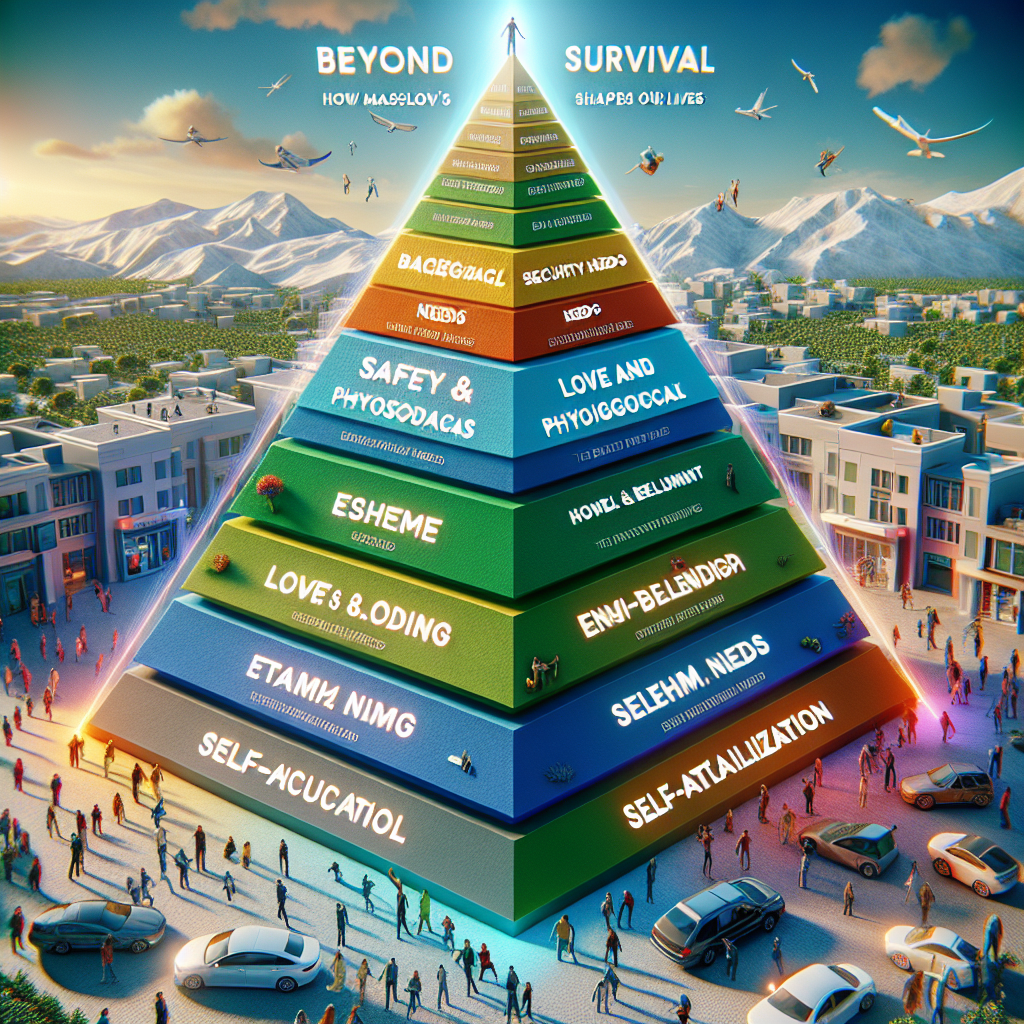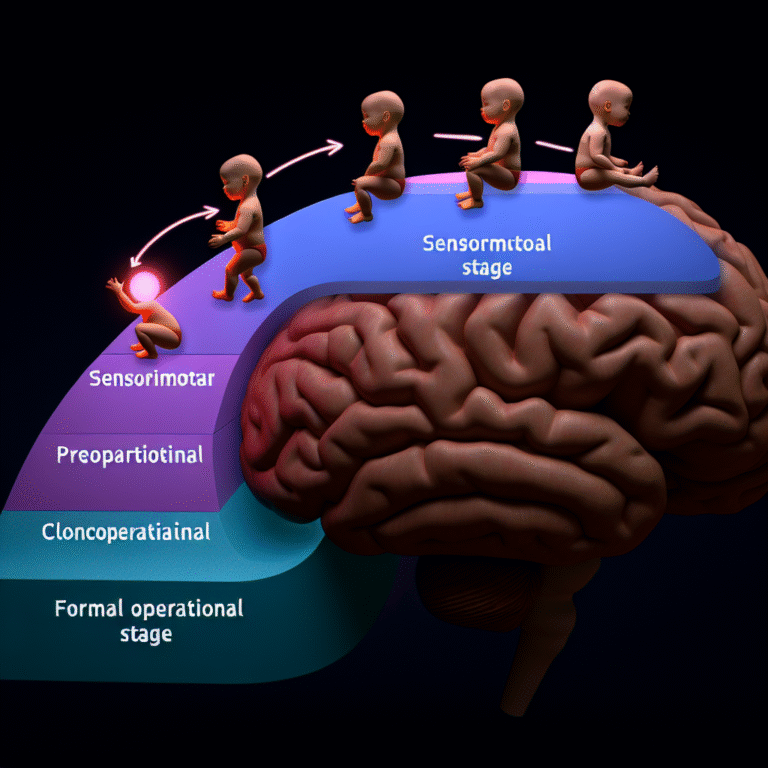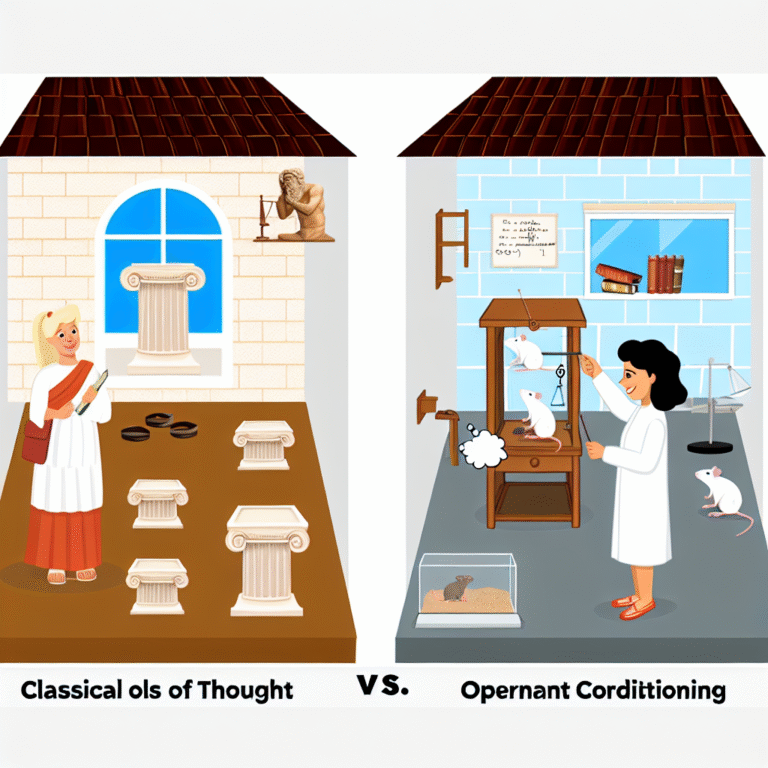
Beyond Survival: How Maslow’s Hierarchy of Needs Shapes Our Lives
Introduction
Imagine a world where your basic needs are not simply met but vastly exceeded. A world where the quest for mere survival transforms into a pursuit of fulfillment and purpose. This transformative journey, encapsulated in the profound theory of Maslow’s Hierarchy of Needs, illustrates that humans are wired not just to survive but to thrive. Beyond Survival: How Maslow’s Hierarchy of Needs Shapes Our Lives isn’t merely an academic exploration—it’s an essential guide to understanding human motivation, personal growth, and the pathway to self-actualization.
Abraham Maslow, a prominent psychologist, proposed his Hierarchy of Needs in 1943, outlining a model that suggests individuals progress through a series of increasingly complex psychological needs. Understanding this framework provides invaluable insights into how we can transcend survival and cultivate deeper connections with ourselves and the world around us. As we explore the layers of this hierarchy, we’ll uncover how they profoundly influence our behaviors, choices, and ultimately our quality of life.
The Structure of Maslow’s Hierarchy of Needs
Maslow’s theory consists of five key levels:
- Physiological Needs
- Safety Needs
- Love and Belongingness Needs
- Esteem Needs
- Self-Actualization Needs
1. Physiological Needs: The Foundation of Human Existence
At the base of the pyramid lie physiological needs, which include air, water, food, shelter, and sleep. These needs must be met before individuals can focus on higher levels of the hierarchy. The importance of these needs cannot be overstated; without meeting them, survival is at stake.
Case Study: The Role of Basic Needs in Refugee Camps
In numerous humanitarian crises, such as the Syrian refugee situation, organizations like the UNHCR focus first on fulfilling these basic needs. By providing food, shelter, and sanitation, these organizations lay the groundwork for the refugees to reclaim their dignity and begin the journey towards fulfilling higher needs.
2. Safety Needs: Building a Secure Environment
Once physiological needs are met, individuals seek safety and security. This encompasses physical safety, financial stability, health and wellness, and protection from harm. For example, stable employment significantly contributes to an individual’s sense of security.
Case Study: The Impact of Job Security on Mental Health
Consider a corporate environment where employees enjoy stable jobs with health benefits. Research shows that when employees feel secure in their positions, they are more productive and engaged as they can concentrate on their work rather than worrying about their livelihoods. This sense of safety allows them to pursue higher aspirations.
3. Love and Belongingness Needs: The Human Connection
With physiological and safety needs in place, humans crave love, affection, and a sense of belonging. Relationships with family, friends, and communities become focal points of life.
Case Study: The Effectiveness of Support Groups
Support groups for social anxiety or addiction exemplify this level of need. Individuals in these groups share their experiences and establish connections, fostering an environment of acceptance and understanding. This connection helps fulfill their belongingness needs, which can lead to recovery and personal development.
4. Esteem Needs: Recognizing Our Worth
Esteem needs encompass self-esteem, recognition, and respect from others. Achieving personal goals and receiving acknowledgment fosters motivation and drives individuals to achieve more.
Case Study: Recognition Programs in the Workplace
In many corporate environments, recognition programs help employees to feel valued. According to research by SHRM, organizations that prioritize employee recognition see increased morale, improved retention rates, and heightened productivity. The simple acknowledgment of hard work can drive people to succeed and promote a culture of growth.
5. Self-Actualization Needs: Reaching One’s Potential
At the top of the hierarchy lies self-actualization, where individuals seek personal growth, creativity, and the realization of their potential. At this stage, individuals pursue goals that transcend basic needs.
Case Study: Artists and Their Pursuits
Artists often embody self-actualization through their work. For example, Vincent van Gogh struggled with mental illness but ultimately channeled his experiences into art, reaching immense personal fulfillment despite external struggles. His journey represents how pursuing one’s passion can lead to profound personal growth and legacy.
The Interconnectedness of Needs
Understanding Maslow’s Theory in Everyday Life
While Maslow’s Hierarchy is often depicted as a pyramid, it’s essential to recognize that needs are not always strictly hierarchical; individuals can fluctuate between levels based on life circumstances.
For instance, during economic downturns, someone who previously functioned at the esteem or self-actualization level may find themselves back at the physiological or safety levels as job security and financial stability are threatened.
Practical Application: Beyond Survival
Incorporating the insights from Beyond Survival: How Maslow’s Hierarchy of Needs Shapes Our Lives, we can apply these lessons to enhance our relationships, workplace dynamics, and personal lives.
Assessment: Regularly evaluate your current needs and identify which areas may need attention. Take stock of your physiological, safety, love, esteem, and self-actualization needs.
Set Goals: Focus on short-term and long-term goals that align with moving you up the hierarchy. These goals might involve building stronger relationships, pursuing a fulfilling career, or engaging in creative endeavors.
Build Community: Establish connections with supportive individuals who encourage your growth. Attend community events, join clubs, or participate in social activities to fulfill social needs.
Celebrate Achievements: Recognizing personal milestones and achievements boosts esteem needs. Whether it’s a simple self-reward or public acknowledgment, take time to celebrate your successes.
- Pursue Passion Projects: Engage in activities that spark joy and creativity. Personal development might involve starting a new hobby, taking classes, or volunteering for causes you care about.
Conclusion: The Journey Beyond Survival
In our quest for a fulfilling life, it’s crucial to recognize that basic survival is only the beginning. Beyond Survival: How Maslow’s Hierarchy of Needs Shapes Our Lives serves as a profound reminder that our needs are interconnected and that true fulfillment comes from climbing the ladder of human experience. By understanding this hierarchy, we empower ourselves to seek more than just existence—to strive for a purposeful, enriched life filled with growth, happiness, and connection.
As you step back into the world, remember that each level of Maslow’s hierarchy is an opportunity for growth. Embrace the journey, aim for higher objectives, and don’t hesitate to reach out for connections that can support you along the way.
FAQs
1. What is Maslow’s Hierarchy of Needs?
Maslow’s Hierarchy of Needs is a psychological theory proposed by Abraham Maslow that categorizes human needs into five levels, ranging from basic physiological needs to self-actualization.
2. How can I apply Maslow’s Hierarchy in my life?
Assess your current needs, set achievable goals, build supportive relationships, celebrate personal achievements, and engage in fulfilling activities to move up the hierarchy.
3. Are the levels of Maslow’s Hierarchy fixed?
While the levels are generally sequential, individuals may fluctuate between them based on life circumstances and experiences.
4. Can fulfilling higher-level needs impact my basic needs?
Yes, fulfilling higher-level needs can reinforce a better quality of life, which can subsequently impact how effectively basic needs are met.
5. How does Maslow’s Hierarchy relate to mental health?
Understanding the hierarchy can provide insights into mental health struggles. Meeting lower-level needs can create a solid foundation for addressing psychological well-being and pursuing self-actualization.
This article demystifies the complexities of Maslow’s Hierarchy, weaving in rich case studies and practical insights that emphasize the importance of moving beyond survival. Each person’s journey is unique, but the shared human experience of striving for fulfillment and purpose resonates universally, guiding us all toward a life of richness beyond mere existence.
















